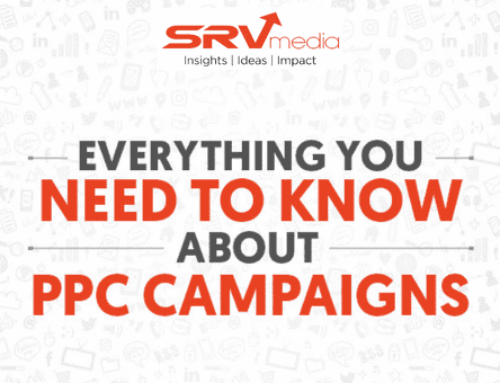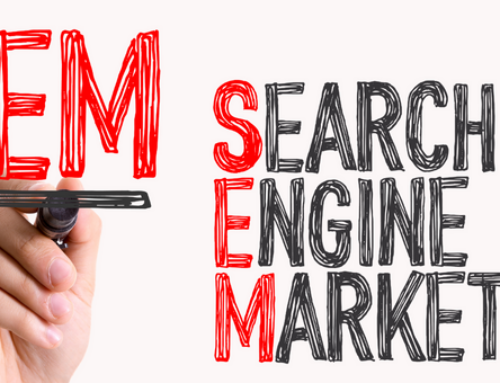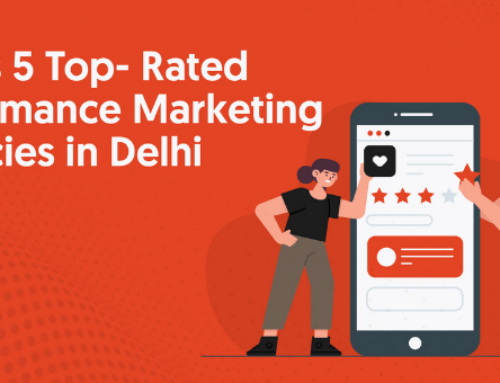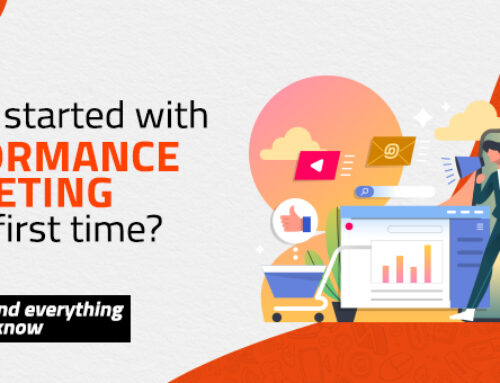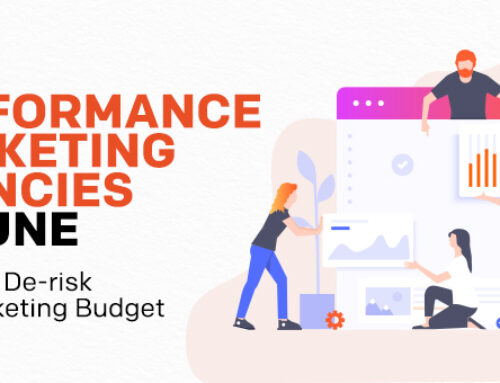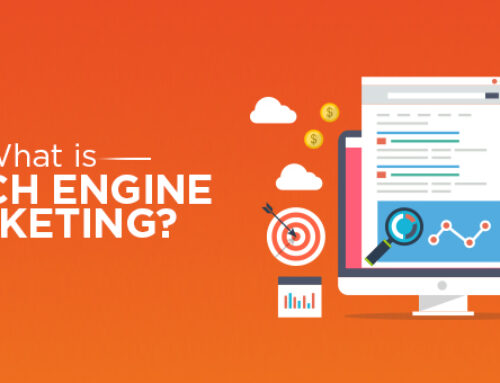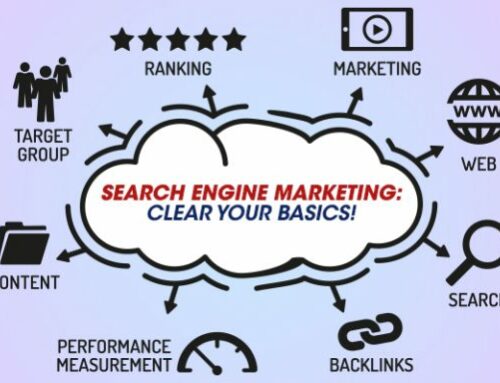What are Google Search ads, and how can we optimize them?
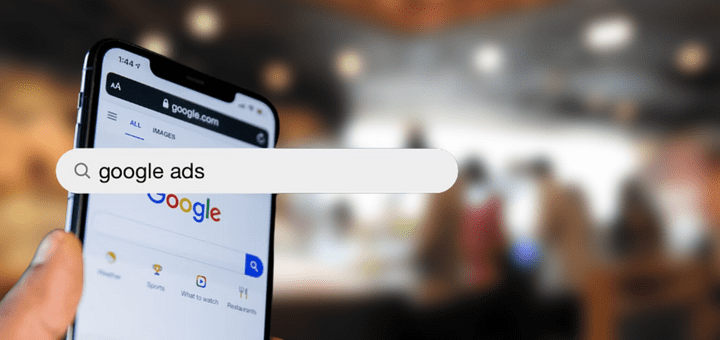
Today, the ultimate search engine, Google has morphed as a dominating force in smartphones, online videos, maps, and much more. Google, which remains entrenched as the Internet Search’s main gateway, represents two completely different, yet equally important search traffic sources to inbound marketers and Google ads types: Organic Search and Paid Search.
On one hand, organic search drives organic traffic to your website through quality content and a user-friendly experience. On the other hand, paid search is responsible for driving paid traffic, that is, the audience that has the intent to buy. In return, you pay the ad platforms (for example, Google) that let you run these search ads.
With increasing competition and stringent Google algorithms, driving organic traffic is becoming tougher by the day. It takes time and effort to be among the top results on any Search Engine Results Page (SERP). That is where search ads come in and save the day.
Did you know that paid traffic can convert 50% more leads in comparison to organic traffic? Yes! That is the power of search ads.
Interested to know how these ads function? Well, you have come to the right place.
That’s because we’re going to discuss a few facts about Google display ads vs search ads in this particular section.
Search Campaign Google Ads
Companies pay search engines to appear at the top of search results (above those that earned their page-one spots organically), and these are known as search ads. They have become more popular as organic search became more competitive.
To give you an idea of just how much money is being spent on search ads, take a look at Google’s AdWords (now Google Ads) program which is the most used search advertising program available today. The revenue generated by advertising on Google sites and properties amounts to 70.9% of the company’s revenue.
Ever wondered, why use google search ads for your business, where do Google search ads show up? and how does it impact your business?
Benefits of Search Ads For Your Business
- Efficient: Where SEO may take months to get results, search ads allow your brand advertisements to show up on the first page immediately after set-up!
- Targeted: You can choose the exact keywords on which you want your ad to show AND select the amount you are willing to pay for a click.
- Cost-Effective: You have control over your search ad spend, and you can measure where your spending goes.
Importance of Google Search Ads: A Showdown of Statistics
If executed properly, Google Search Ads can be a gold mine for your business. The beauty is that if you want to get started on Search Ads, a campaign can be set up in less than an hour and can make a monumental long-term impact on your business.
Let’s find out why we are stressing the use of Google Search Ads.
-
- The advertising revenue of Google was over $224.47 billion in 2022. (Statista)
- The average click-through rate in Google search ads is 6.30%
- Nearly 35% of people will click on the first result of the search
- Paid search ads boost brand awareness by 80%
- Four times as many people are likely to click on a paid search ad on Google (63%) than on any other search engine, including — Amazon (15%), YouTube (9%), and Bing (6%)
With Google Search Ads, there are a lot of opportunities to get your brand in front of people—increasing web traffic, leads, conversions, and sales. Let’s take a look at what Google Search Ads are, how they work, and how you can set up a successful campaign for your business.
Google Search Ads: The Complete Dynamics
What are Google Search Ads?
Google Search Ad is a paid digital advertising technique offered by Google. When users search for a keyword, they get the results of their query on a Search Engine Results Page (SERP). Those results also include a paid advertisement with the targeted keyword, which is called search ads. You can look for many successful Google search ads examples from some of the best brands to implement them in your own way.
Google Ads in digital marketing are a game changer in this dynamic tech era. Google Ads can be a powerful tool for digital marketing, as it allows you to reach a large audience with targeted, cost-effective ads. However, it is important to carefully plan and execute your ad campaigns to ensure that you are getting the best results for your investment.
Types of Google Search Ads
There are a few basic types of Google Search ads that you should know about.
Search Network Ads: Search Network Ads appear as a text ad in the results page for the keyword. They appear on the search result page with the “Ad” symbol before it.
But search network ads aren’t the only type of ads. In case you have a physical product, Google Shopping Ads get you qualified leads by showcasing images of your product directly to customers on the search engine result page.
Other types of Search Network Ads are:
- Call-only ads – Available only on call-enabled mobile devices. After clicking the ad, instead of taking you to a landing page, you make a call directly.
- Dynamic ads – Google dynamic search ads are more suitable for businesses that have a well-managed website. This is because the content of the ad as well as the landing pages is taken dynamically from the website. They are similar to text ads, except that no keywords are involved here.
- Mobile app promotion – Suitable for businesses with mobile applications. The goal is to encourage users to download your app or take a desired action within the app.
- Responsive ads– Responsive search ads provide the leverage to enter multiple headlines and descriptions while creating a search responsive. Those ads automatically test different combinations to find out the one which performs the best for your business. That eventually increases your chances to generate leads for your existing business.
How Do Search Ads Work?
Bidding and Setting a Daily Budget:
Since Google Search Ads operate on a pay-per-click (PPC) model, advertisers target a specific keyword on Google and make bids on the keyword—competing with others who might also be targeting the same keyword. The bids you make are “maximum bids”— the maximum you’re willing to pay for your ad to be shown on that particular keyword.
Search Ads Campaign Structure:
Each account holds multiple campaigns. Each search ad campaign has multiple ad groups. It’s at the ad group level that keywords and ads are organized.
Ad Groups: Ad groups are a group of ads that are targeted to a set of related keywords. This helps you group related keywords and write search ads around a common theme.
What is the key value proposition of google search campaigns?
The key value proposition of a Google Search campaign is to connect businesses with people who are actively searching for products or services that they offer on Google. By targeting relevant keywords and phrases, businesses can bid on ad placements in the Google search results pages, allowing them to appear at the top of the page for relevant searches.
The main benefits of a Google Search campaign are:
- High Intent Audience: Google Search Ads reach people who are actively searching for products or services, which means they are highly likely to convert.
- Targeted Advertising: Google Search Ads can be highly targeted to specific keywords, locations, and demographics, allowing businesses to reach their ideal audience.
- Cost-Effective: Google Search Ads operate on a pay-per-click model, meaning that businesses only pay when someone clicks on their ad. This makes it a cost-effective way to reach potential customers.
- Measurable Results: Google Search Ads provide detailed reporting and analytics, allowing businesses to track the performance of their campaigns and adjust their strategies accordingly.
Overall, the key value proposition of a Google Search campaign is to help businesses connect with people who are actively looking for their products or services, drive targeted traffic to their website, and ultimately generate more leads and sales.
Importance of Optimizing Search Ads
Optimizing a Google Search Ad campaign is a significant process to meet revenue and conversion goals by placing your pages or products on the first page of any search engine. Taking a more holistic view and considering your options before, during, and after a campaign, ensures optimal results.
By embracing the data and technology you have, you need to thoroughly and frequently keep optimizing your digital advertising campaigns and squeeze as much ROI from them as possible.
Below are the top 5 optimization strategies that you can take into consideration for enhancing your knowledge on how to create google search ads:
1. Keyword Optimization is Compulsory
Keyword research is as important for paid ads as it is for organic search. Your keywords need to match the searcher’s intent as much as possible. Each ad group that you create within your campaign targets a small set of keywords and Google will display your ad based on those selections.
2. Relevancy of Landing Page is Important
Remember, the final goal of a search ad campaign is to drive people to a landing page where they can take the necessary action. Potential customers won’t convert if their pay-per-click experience is irrelevant. So what can you do to make their experience more relevant?
Here’s what you need to do for a well-optimized landing page:
Compelling, Keyword-Focused Titles: Anybody can stuff keywords in a title to get ranked, but it takes skills to create a title that will get more clicks than the rest.
Well-Written Description: The description of your optimized landing page is a great place to include a strong call-to-action for the searcher. The goal is to be more compelling than the other descriptions on SERP, to assist in generating a click.
Visual Clarity: Keep your pages visually clean and appealing with as few distractions as possible. Adjusting simple things like white space, line & paragraph spacing, and image usage can contribute to the overall readability of the content. Keep it nice, clean and tidy.
Reduce Page-Loading Time: Let’s say you impress a prospective customer with your ad. The user clicks on the ad and waits and then waits some more. Well, every extra second in loading time results in a 16% decrease in customer satisfaction. This is a huge problem that most companies want to get out of. While most customers expect their website to load within 3 seconds, according to Google, most mobile sites miss the three-second load mark, and this time goes up to 15 seconds. While testing, you may use a tool to check the load time and speed of your landing pages. Meta refresh, slow redirect, multiple redirects, slow servers, and large page size are just some of the usual suspects behind a slow loading time.
Mobile-Friendly: With millions of people browsing on mobile, it’s a mistake not to create mobile-friendly landing pages. While running PPC ads, consider that traffic can come from mobile devices as well. To be mobile-friendly, the page needs to automatically adjust for all device sizes. There are additional aspects to a true mobile-friendly page such as simplified navigation, condensed menus, and less complicated forms.
Call-to-Action: A Call-to-Action (CTA) entices your audiences to act and tells them exactly how to do it. If you want people to convert from visitors to customers, you need to use CTAs that get them to convert. On your landing page, you must make sure that your CTAs are specific. You want to be clear in telling your audience exactly what they are doing. For example, instead of saying “click here” to download your guide, say “Download your free guide now.” This CTA-specific message will achieve better results for your campaign.
Inbound links: No optimization campaign is complete without incoming links. There are good links and bad links. The good links will help drive targeted traffic and give the search engines an idea of your page’s relevance before it even has a chance to analyze the page. Inbound links are not just a way to get votes (and push up rankings); they are also a source of new traffic.
3. Use Relevant Ad Extensions
Your potential customers don’t care about your location targeting or the bidding strategy. The only thing visible to them for making decisions is your text ad. And your ad extensions should be an important part of that.
Ad extensions expand your ad with relevant information. This gives your potential customers more reasons to click and become actual customers, positively impacting your click-through rate (CTR).
Must-add Ad Extensions are Sitelinks, Callout, and Structured Snippet.
4. Optimize your Budget
For each search ad campaign you build, you can decide how much money Google can spend to display your ads. Make good use of the Keyword Planner to plan your budget and get detailed click and cost performance forecasts based on your targeted keywords.
- Set a daily budget and cap it, in order to manage your spending wisely until you have a more detailed insight into your campaign performance.
- Once you do, you can start to adjust your allocation, based on more than just the Keyword Planner estimates.
If your keywords have a high Click-through-Rate (CTR) and convert, and if your leads are high quality, then you can begin to invest more budget (if available) into your campaign. If not, you can continue to drip-feed your funds and experiment with your targeting options and keywords.
What are Google Ads strategy and their types?
Google Ads strategies are the various tactics and approaches used to create and optimize campaigns in Google Ads, with the goal of achieving specific marketing objectives
Boiling down to the best Google Ads strategy leveraged across various organizations and businesses depends largely upon the scale and domain of the business. However, some google Ads strategies known to provide promising results are Display ads, Video ads, Search ads, App ads, Local ads, etc.
The Final Thought: Get ahead of every organic result
Though search ads put you directly in front of users who are actively searching for what you offer, a detailed strategy can always help you get ahead of organic results. When done right, search ads are a great way to increase brand awareness, generate leads, and gain new customers. And of course, this can only happen when paired with an optimized post-click experience. If you want to know more about how to advertise my business on Google you may get connected with SRV Media to know about it in detail as well.

